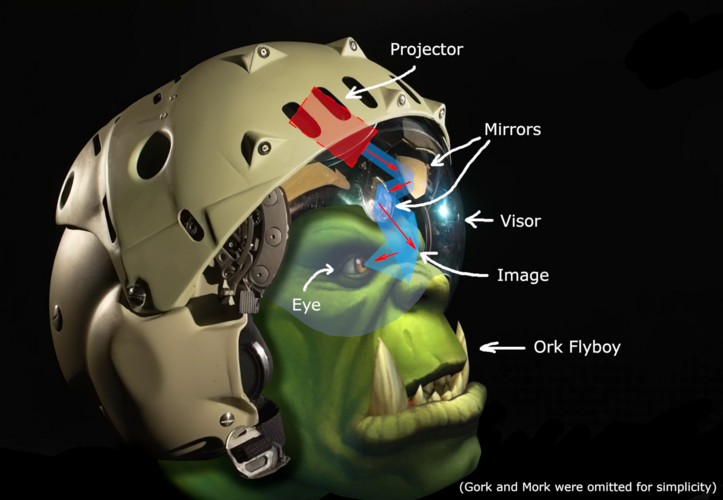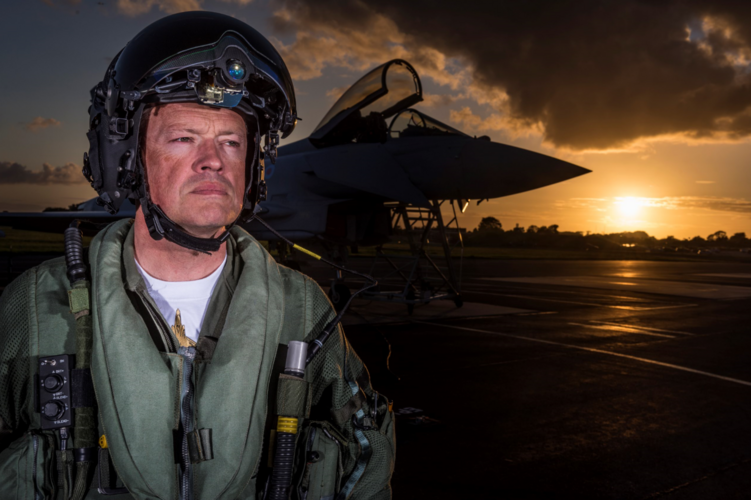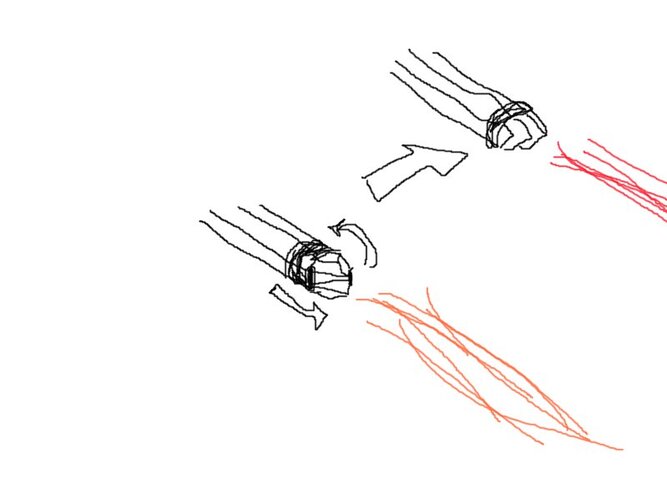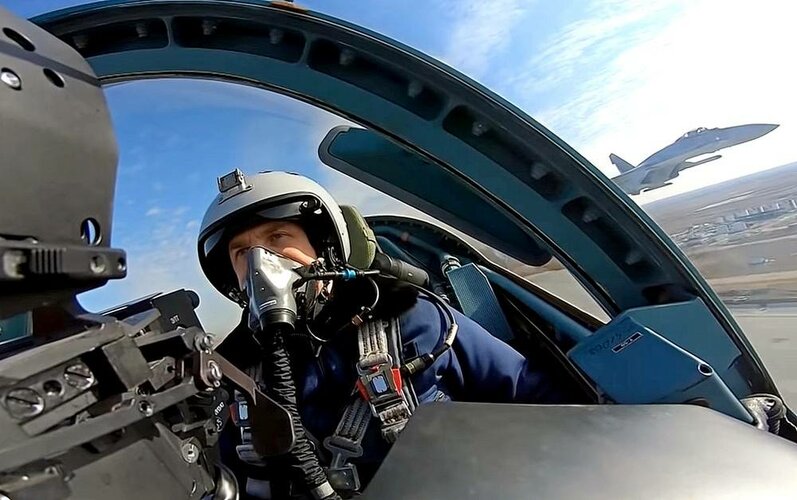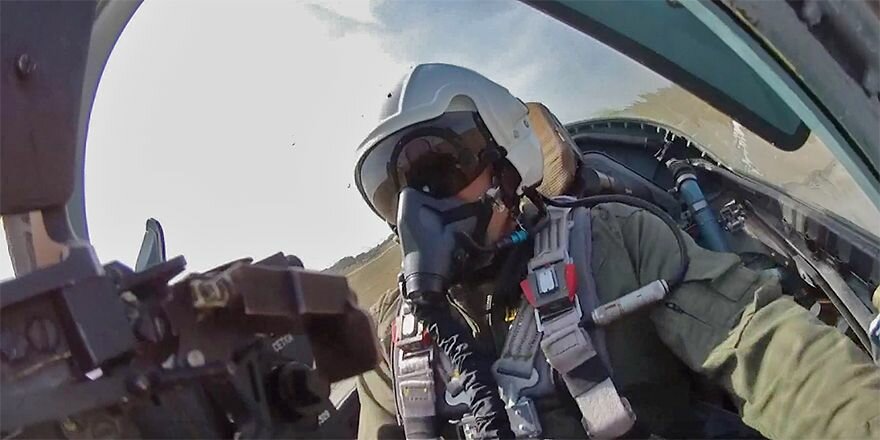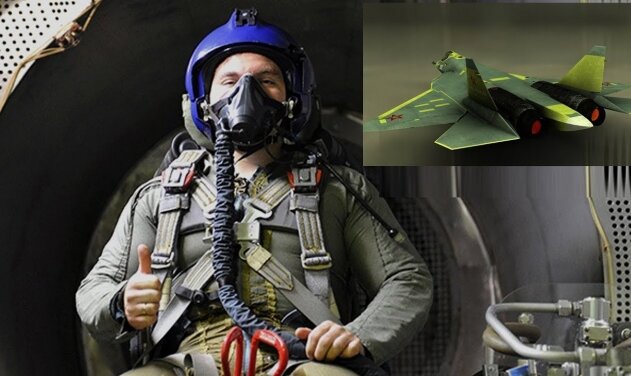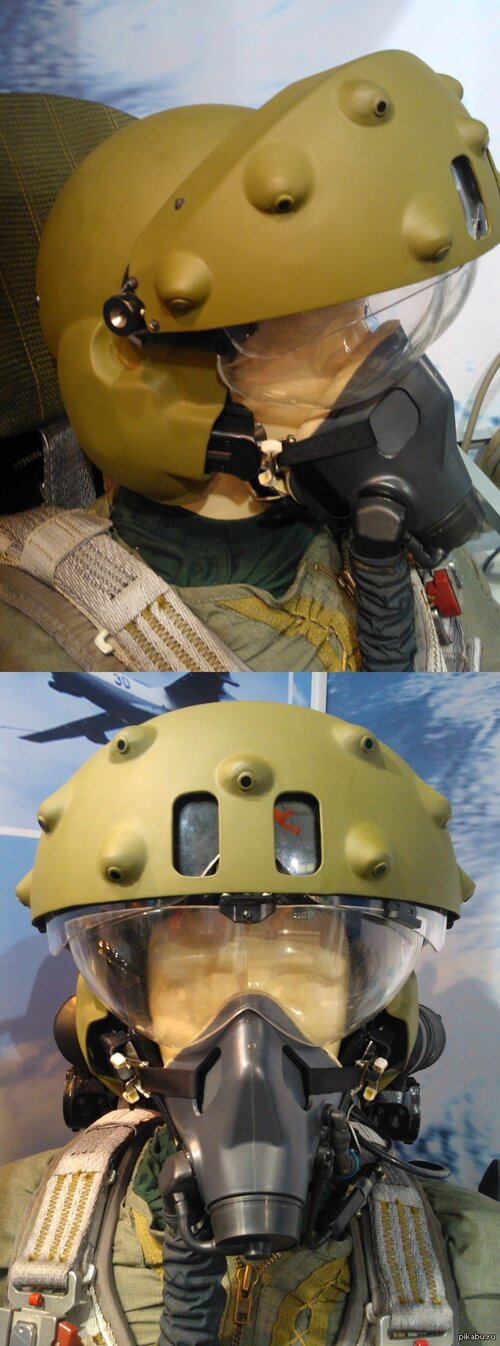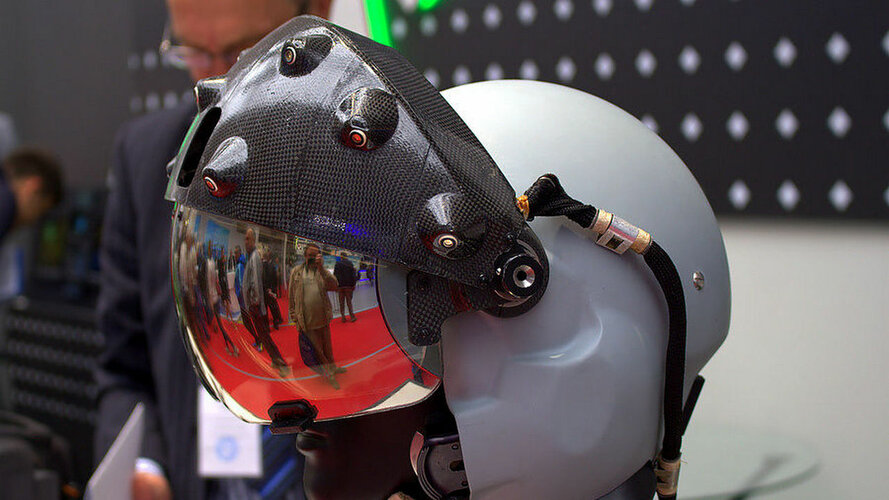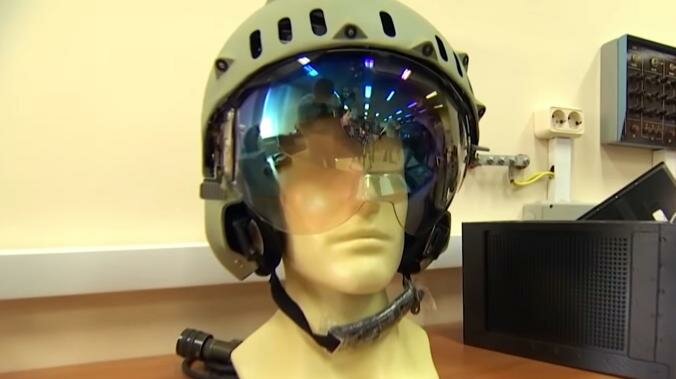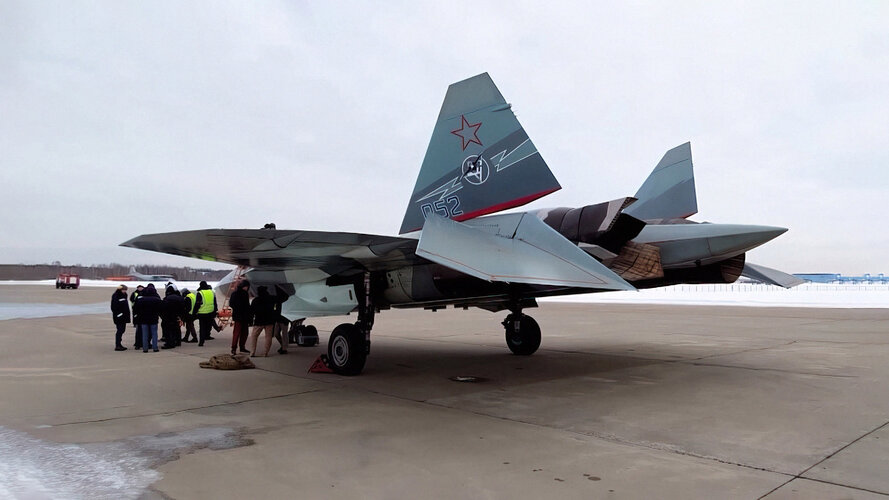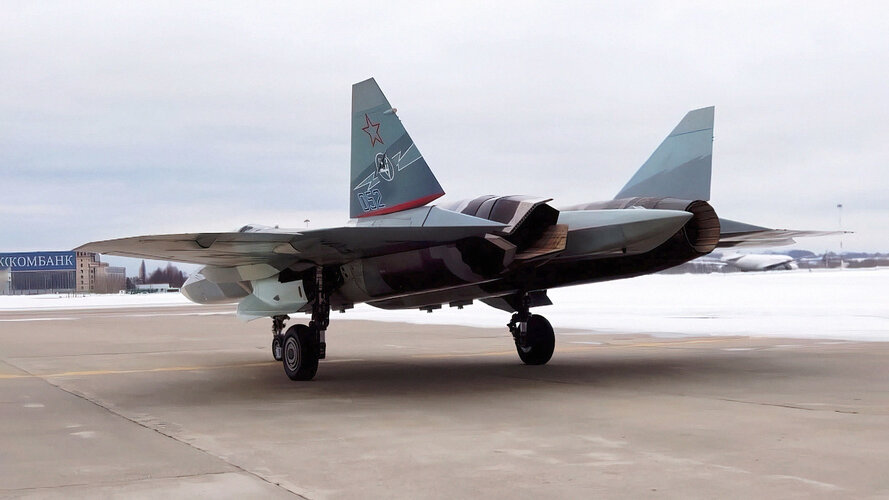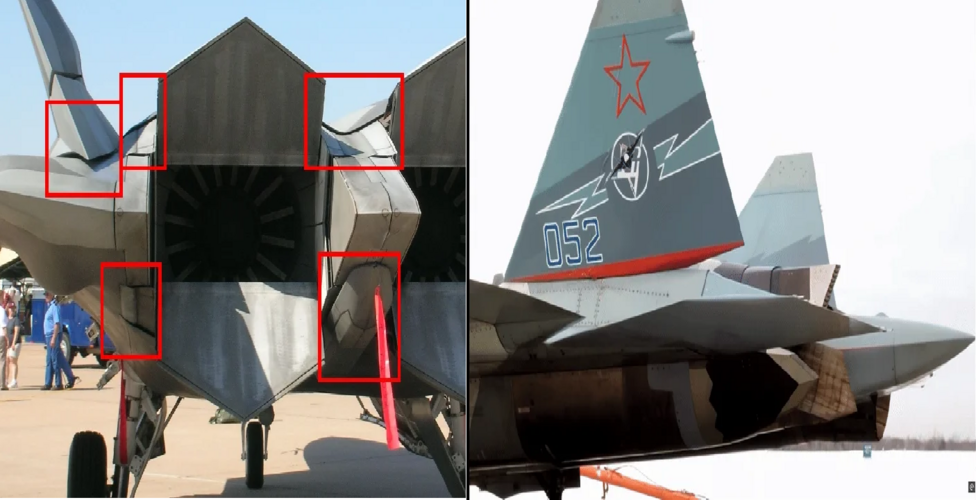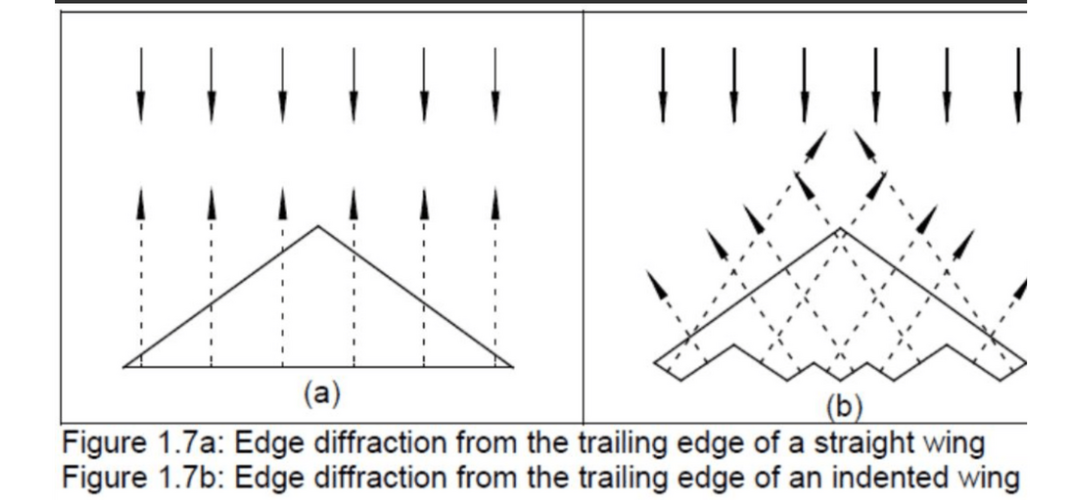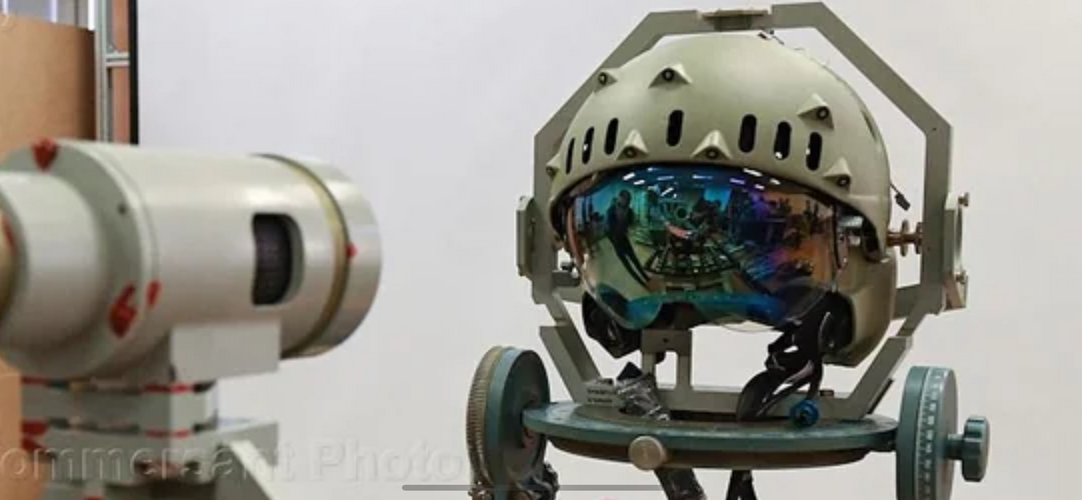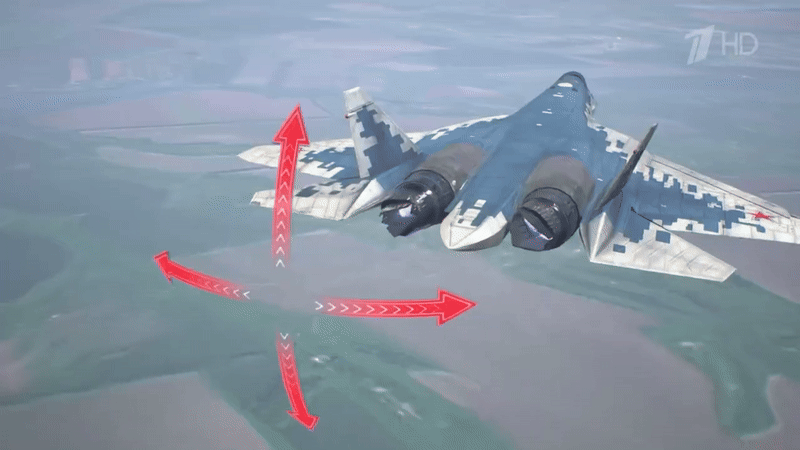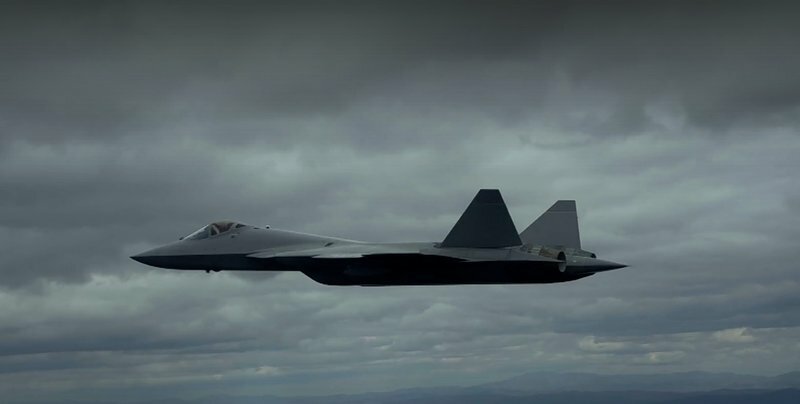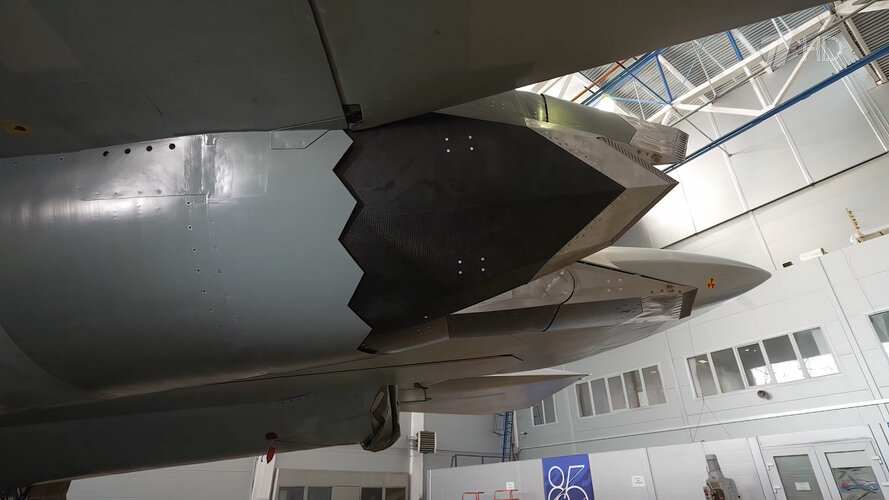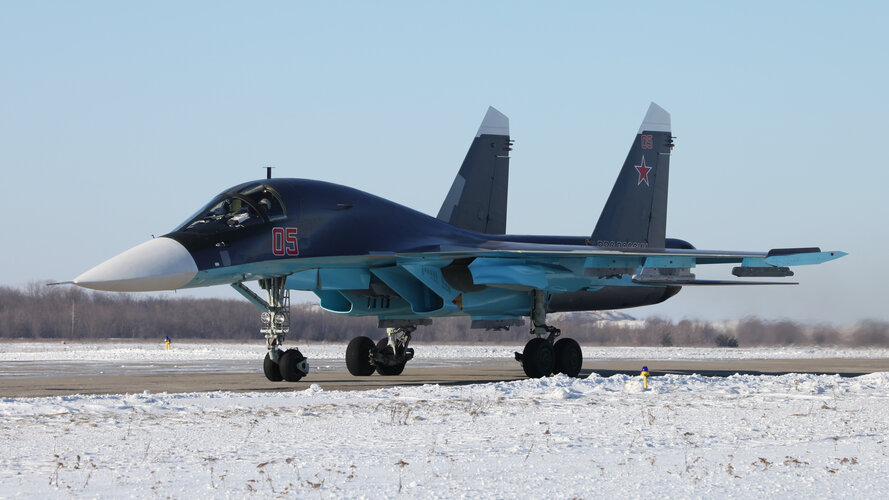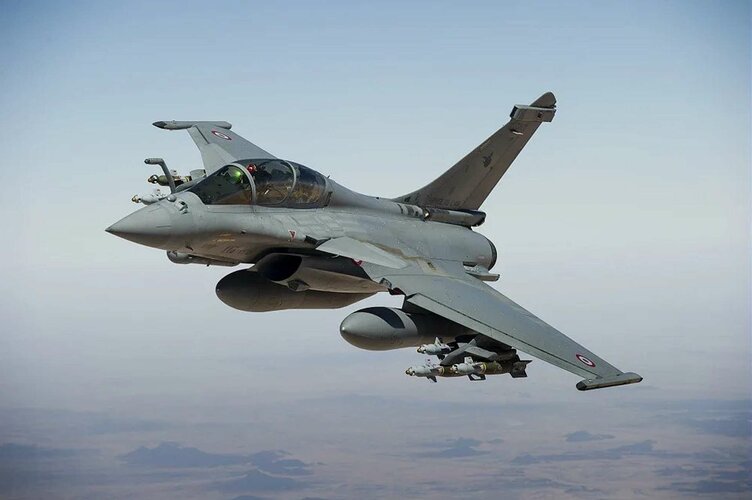]In Russia, the production of unique communication equipment operating on photonic integrated circuits is launched. This is a new type of microelectronics, the speed of which is much higher than that of traditional silicon chips. It opens up good prospects for the creation of devices that are necessary, in particular, for the development of telecommunications networks, for example, 5G base stations and subsequent generations, known as pervasive networks. The development will also help establish quantum communications, experts believe.
Radio Electronics of the New Generation
St. Petersburg Electrotechnical University "LETI" and the Element Group of Companies have announced the launch of production of ultra-high frequency (microwave) generators with unique characteristics based on new elements - photonic integrated circuits (FIS).
The speed of photons in such FIS is equal to the speed of propagation of an electromagnetic wave in the material, in fact, this is the speed of light, the developers said. Therefore, the speed of action, and hence the frequency ranges of such integrated circuits, are much higher than those of electronic ones. At the same time, the requirements for topological standards in production are much lower than in silicon electronics, which makes it possible to obtain a high percentage of yield of suitable crystals at the stage of industrial development of the technology, LETI noted.
"Radiophotonic devices allow you to work with ultra-wideband signals, which provides high speeds and large amounts of transmitted information. This is in demand in promising telecommunication systems, quantum communication systems. In addition to microwave signal generators, we are developing photonic integrated circuits, signal spectrum analyzers, analog-to-digital converters, signal processors," Viktor Tupik, Vice-Rector for Strategic Development of ETU "LETI", told Izvestia.
As the developers explained, the launch of industrial production of radio-electronic products using the principles of photonics opens up good prospects for the creation of new devices. In particular, those necessary for the development of telecommunications networks, for example, 5G base stations and subsequent ones, known as pervasive networks. They will also be in demand for the modernization of system devices in radar, radio navigation and other areas.
As Viktor Tupik explained, combining radio frequency and optical signals in one system makes it possible to detect what cannot be recorded in each range separately.
"Photonic and electronic integrated circuits have a common advantage - they are manufactured using integral, in other words, group technology. That is, not one circuit is processed in one operation, but dozens, hundreds or thousands of chip crystals, their number depends on the size of the single-crystal substrate," the expert said. "Their differences are in the physics of the processes on the basis of which information processing is built.
The line of the first devices will be supplemented with the latest products, including domestic developments of components for quantum communications, such as random signal generators, spectrum analyzers, and others.
Digital technologies Science 5G Nanotechnology Quantum Technologies
Highlight highlights Off
In Russia, the production of unique communication equipment operating on photonic integrated circuits is launched. This is a new type of microelectronics, the speed of which is much higher than that of traditional silicon chips. It opens up good prospects for the creation of devices that are necessary, in particular, for the development of telecommunications networks, for example, 5G base stations and subsequent generations, known as pervasive networks. The development will also help establish quantum communications, experts believe.
Ultra-high-frequency generators based on FIS open up great opportunities for ultra-wideband communication systems, such as future 5G/6G networks and quantum communications, said Vyacheslav Begishev, associate professor of the Department of Probability Theory and Cybersecurity of the Institute of Computer Science and Telecommunications of the RUDN University.
"The production of such devices in Russia will reduce dependence on foreign technologies and create domestic components for 5G/6G networks and more advanced communication systems. The introduction of the FIS will make it possible to increase the production of high-tech products based on domestic production facilities," the specialist said.
Currently, the global market for integrated photonics for use in promising telecommunications systems and quantum communications systems is about $10 billion, while Russia's share in it is only about 2%, according to LETI. His work is mainly focused on the search for technological possibilities for combining microelectronic silicon technology and photonic technologies.

